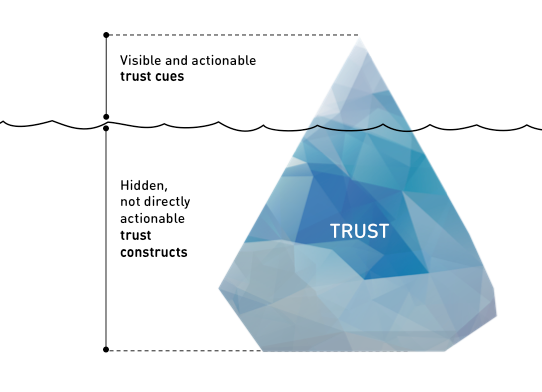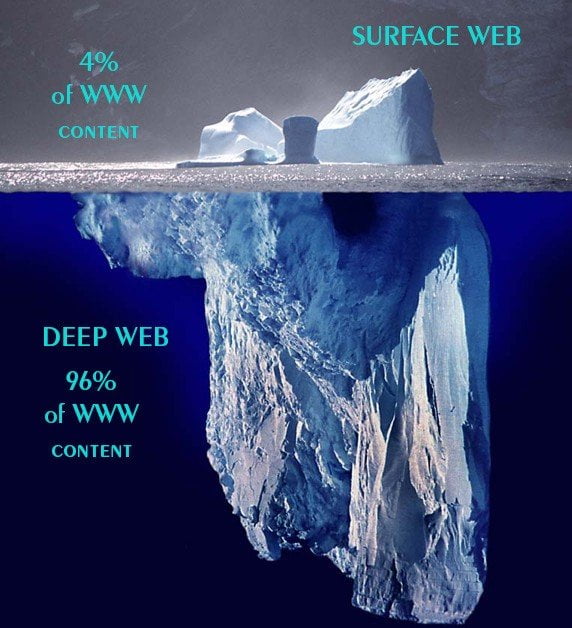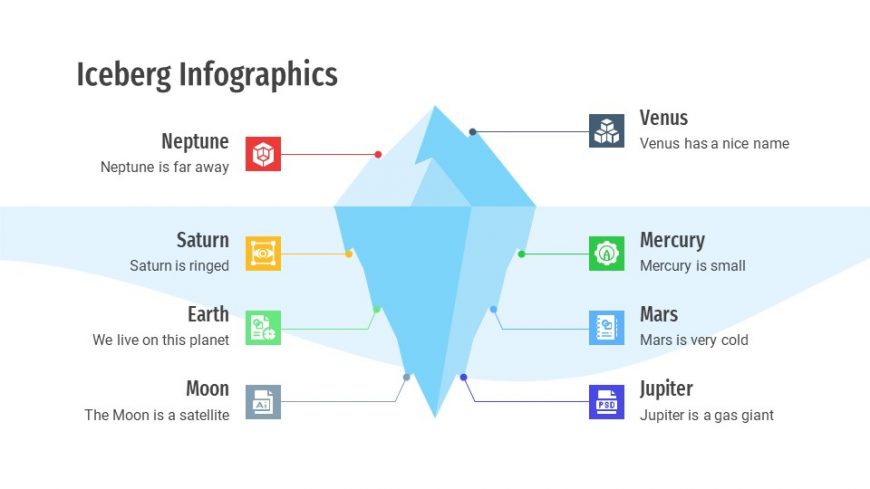
NASA Earth Observatory map by Joshua Stevens, using data from the Antarctic Iceberg Tracking Database. Additional images taken by astronauts and cosmonauts can be viewed at the NASA/JSC Gateway to Astronaut Photography of Earth. The International Space Station Program supports the laboratory as part of the ISS National Lab to help astronauts take pictures of Earth that will be of the greatest value to scientists and the public, and to make those images freely available on the Internet. The image has been cropped and enhanced to improve contrast, and lens artifacts have been removed. The image was taken by a member of the Expedition 54 crew. Icebergs that make it this far have been known to rapidly melt and end their life cycles here.Īs NASA glaciologist Kelly Brunt previously noted about icebergs this close to the equator: “They tend to pond with water, which then works its way through the iceberg like a set of knives.”Īstronaut photograph ISS055-E-74583 was acquired on May 22, 2018, with a Nikon D4 digital camera using an 200 millimeter lens and is provided by the ISS Crew Earth Observations Facility and the Earth Science and Remote Sensing Unit, Johnson Space Center. When the May 2018 photograph was acquired, the berg was about 150 nautical miles northwest of the South Georgia islands. A previous image showed B-15Z farther south in October 2017, after it had ridden the coastal countercurrent about three-quarters of the way around Antarctica bringing it to the Southern Ocean off the tip of the Antarctic Peninsula.Ĭurrents prevented the berg from continuing through the Drake Passage instead, B-15Z cruised north into the southern Atlantic Ocean.

Melting and breakup would not be surprising, given the berg’s long journey and northerly location. A large fracture is visible along the center of the berg, and smaller pieces are splintering off from the edges. But the iceberg may not be tracked much longer if it splinters into smaller pieces. That’s still well within the trackable size. When astronauts aboard the International Space Station shot this photograph on May 22, 2018, B-15Z measured 10 nautical miles long and 5 nautical miles wide. Just four pieces remain that meet the minimum size requirement-at least 20 square nautical miles-to be tracked by the National Ice Center. B-15 has since fractured into numerous smaller bergs, and most have melted away. That equates to an area of 3,200 square nautical miles, or about the size of Connecticut. When iceberg B-15 first broke away, it measured about 160 nautical miles long and 20 nautical miles wide. Now, in its 18th year drifting with the currents and being battered by the wind and sea, a piece of this original berg could be nearing the end of its voyage. To know much more about the hidden web, then go to this Deep Web Linkspage.In March 2000, the largest iceberg ever recorded broke away from Antarctica’s Ross Ice Shelf.You can gain more knowledge about the deep web and their links when you enter into their web. There are many unknown information available on the deep web.It is comparatively the huge when compared to Surface Web.The Deep Web is estimated to be 500x the size of the Surface Web The deep web is the part of WWW (World Wide Web) that is not discovered by Google or Yahoo like search engines, including password-protected or dynamic pages and encrypted networks.The Surface Web is searchable by the web search engines and it is crawlable.It is the portion of the web that is available to the public.The Surface Web is also called “The Visible Web” or “Clearnet” or “Indexed Web” or “Lightnet”.Which VPN service provider is best on the internet? Why do I need to BUY them immediately?.
VISIBLE INTERNET ICEBERG HOW TO

And the rest of the 96% information are hidden which is said to be “ The Deep Web“ Observations of the direction and speed of the iceberg’s drift can aid, therefore, in the interpretation of oceanographic measurements.



 0 kommentar(er)
0 kommentar(er)
